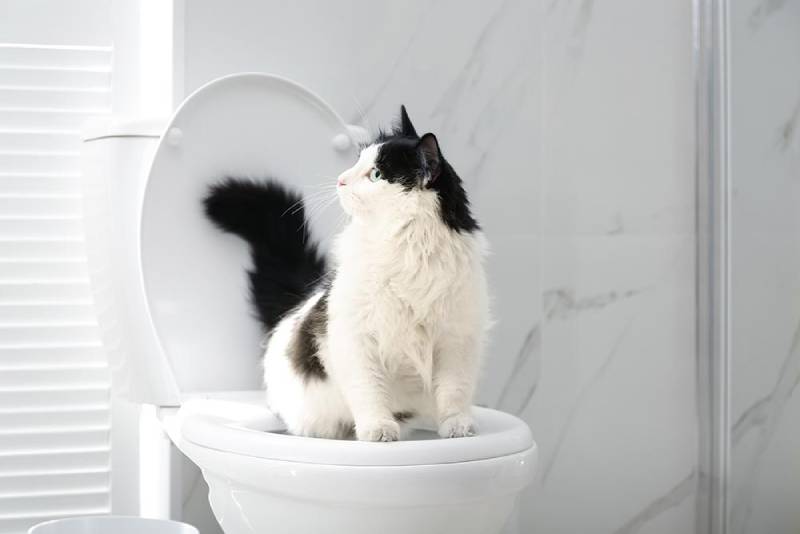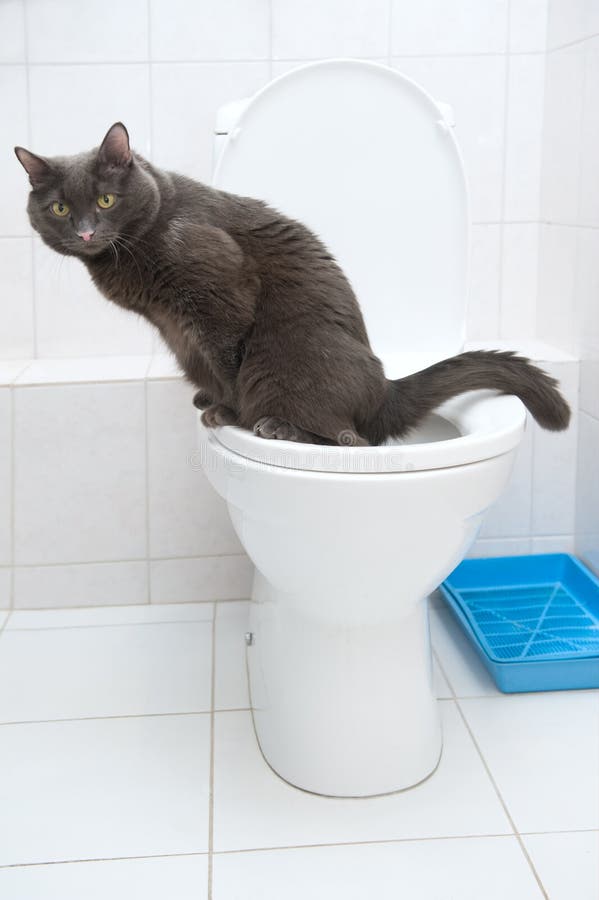Prevent Clogs and Damage: Don't Flush Cat Poop Down Your Toilet - Expert Insights
Prevent Clogs and Damage: Don't Flush Cat Poop Down Your Toilet - Expert Insights
Blog Article
Each person seems to have their private way of thinking on the subject of Don’t flush cat feces down the toilet.

Intro
As cat owners, it's necessary to bear in mind exactly how we get rid of our feline pals' waste. While it might appear convenient to purge feline poop down the toilet, this method can have damaging consequences for both the environment and human health.
Ecological Impact
Purging feline poop introduces unsafe microorganisms and parasites into the water supply, positioning a significant threat to aquatic environments. These contaminants can negatively influence aquatic life and compromise water top quality.
Wellness Risks
In addition to ecological concerns, flushing feline waste can additionally present health threats to humans. Pet cat feces may have Toxoplasma gondii, a parasite that can create toxoplasmosis-- a potentially serious ailment, particularly for expectant females and individuals with damaged immune systems.
Alternatives to Flushing
Luckily, there are more secure and much more accountable means to deal with feline poop. Consider the complying with alternatives:
1. Scoop and Dispose in Trash
One of the most typical method of taking care of cat poop is to scoop it right into a naturally degradable bag and toss it in the trash. Make sure to utilize a committed litter scoop and deal with the waste quickly.
2. Usage Biodegradable Litter
Choose eco-friendly pet cat clutter made from products such as corn or wheat. These trashes are eco-friendly and can be securely dealt with in the trash.
3. Bury in the Yard
If you have a yard, consider hiding pet cat waste in a marked area away from vegetable gardens and water sources. Be sure to dig deep adequate to avoid contamination of groundwater.
4. Set Up a Pet Waste Disposal System
Buy an animal waste disposal system especially developed for feline waste. These systems utilize enzymes to break down the waste, reducing odor and ecological influence.
Final thought
Accountable pet dog ownership extends beyond offering food and shelter-- it also involves appropriate waste management. By refraining from purging pet cat poop down the toilet and opting for different disposal methods, we can minimize our ecological impact and protect human health.
Why You Should NEVER Flush Cat Poop (and/or Litter) Down Your Toilet
The Problem with Litter
The main function of litter is to solidify and adhere to your cat’s waste. While this makes litter excellent for collecting cat poop and urine, it’s also the exact property that makes it a nightmare when flushed down the toilet.
Cat litter can and will clog pipes. There is non-clumping litter, but it’s still quite heavy and can build up in pipes. This is true even of supposed “flushable litter.”
The problems only compound when the litter is already clumped into cat waste. Toilet paper is among the more flushable things, and even too much of that will clog a toilet.
The Problem with Cat Poop
Sewers and septic systems are designed with human waste in mind. The microbes that help break down human waste don’t work on cat waste. Additionally, cat poop plays host to the parasite Toxoplasma gondii.
When flushed, this parasite can enter the environment in places it was never meant to, posing a risk to pregnant women, their unborn children, and other people with compromised immune systems. While it might not seem possible, flushing cat poop can indeed introduce this parasite to the public water supply.
These reasons are why, even if you’ve trained your cat to go on the toilet and flush, which is possible, it’s still not a good idea. Also, pregnant women and the immunocompromised shouldn’t change litter, either.
How to Handle Litter
The best way to handle litter is to simply put it in a plastic bag and place it in the trash. Avoiding environmental risks and possible plumbing damage is worth the extra effort.
You can also invest in devices that seal away your cat’s waste in a separate compartment, so you don’t have to change the litter nearly as often. They’re also safer for pet owners because they limit the possibility of Toxoplasma gondii exposure.
Disposing of litter the old-fashioned way will ensure you won’t have to worry about any issues that flushing the waste can potentially cause.
Take Care of Clogged Pipes with Stephens Plumbing, Heating & Air Conditioning
The reasons you should never flush cat poop down your toilet are numerous, but sometimes the inevitable happens despite your best efforts.
Stephens Plumbing, Heating & Air Conditioning is ready to help if you’re experiencing litter-blocked plumbing. Whether you need us in an emergency or want to schedule regular maintenance, we’re here for you.
https://www.stephensplumbing.net/bathroom-plumbing/never-flush-cat-poop-down-your-toilet/

We had been guided to that article about Don’t flush cat feces down the toilet through an acquaintance on a different web page. Are you aware of somebody else who is occupied with How to Dispose of Cat Poop and Litter Without Plastic Bags? Be sure promote it. Thanks for going through it.
See Availability Report this page